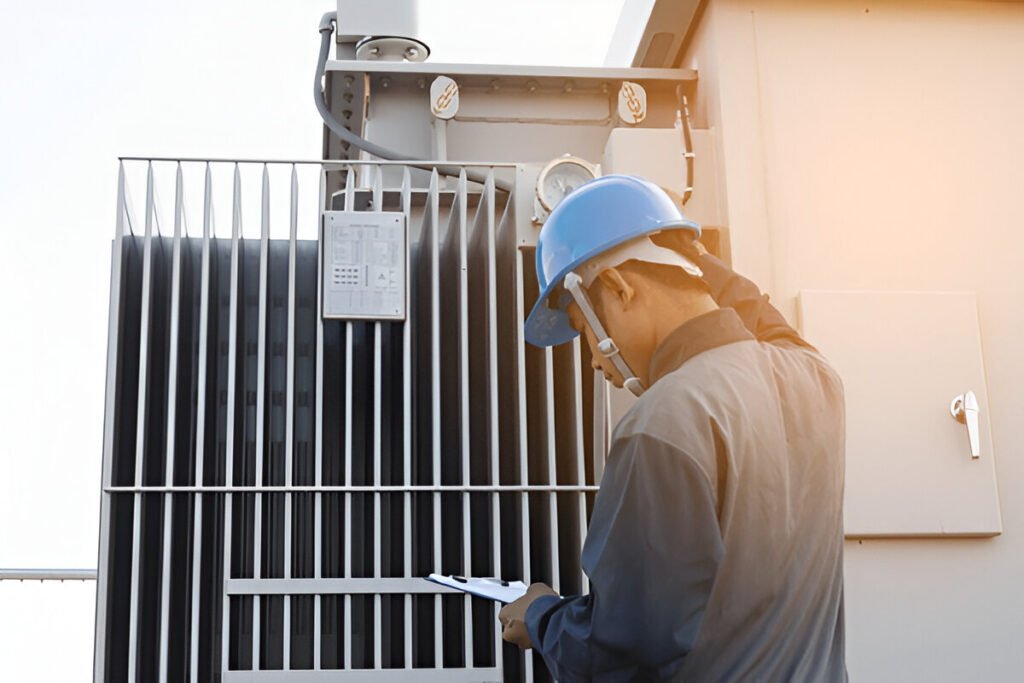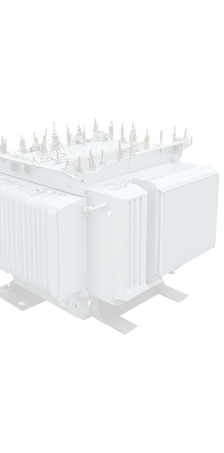When it comes to Transformer Services, safety isn’t just a priority—it’s a necessity. Working with industrial transformers, whether for repair, maintenance, or dismantling, involves high-voltage risks, toxic materials, and heavy equipment. That’s why following OSHA (Occupational Safety and Health Administration) guidelines is critical for maintenance crews.
Let’s explore essential OSHA safety tips and practical steps to ensure the safety of transformer technicians during industrial maintenance and servicing.
Understand the Hazards in Transformer Services
Transformer maintenance isn’t just about checking oil levels or replacing parts—it’s often about working with extremely dangerous systems. Crews may deal with:
- High-voltage electrical circuits
- Toxic dielectric fluids
- Confined spaces
- Heavy lifting
- Old equipment that may contain PCBs (polychlorinated biphenyls)
This is why partnering with professional and experienced Transformer Services is the smart approach to reduce these risks. Whether it’s installation or transformer dismantling, following safety standards can save lives.
Tip #1: Electrical Lockout/Tagout Procedures
One of the most critical OSHA rules is proper lockout/tagout (LOTO) before any transformer work begins. This means all power sources must be identified and shut off, and tags should clearly state who locked it and why.
Crews should be trained and certified to perform LOTO to prevent accidental energization—a leading cause of workplace electrocution.
If you’re involved in industrial dismantling or maintenance projects, integrating certified safety practices into your routine can reduce costly accidents and downtime.
Tip #2: Personal Protective Equipment (PPE)
Another core OSHA safety requirement is the use of proper PPE. When working on or near transformers, maintenance teams should wear:
- Flame-resistant clothing
- Insulated gloves
- Safety goggles or face shields
- Steel-toed boots
- Hearing protection (in high-noise zones)
In projects like industrial recycling, which often include older transformers with hazardous materials, PPE becomes even more essential to avoid chemical and physical injuries.
Tip #3: Safe Handling of Fluids and Gases
Many older transformers contain oil that may be contaminated with PCBs—a substance banned in many regions but still present in legacy equipment. Crews must be trained on how to handle and dispose of these fluids safely.
Engaging scrap equipment buyers who are certified in handling hazardous components can make the process easier and compliant.
Be sure to store, label, and dispose of oils using OSHA-approved containers. Also, always ventilate work areas when opening sealed transformer tanks.
Tip #4: Use Proper Lifting Techniques and Equipment
Transformers are heavy and often oddly shaped, making them difficult to handle without mechanical assistance. OSHA requires the use of cranes, dollies, and forklifts when lifting objects above a certain weight limit.
Poor lifting can result in spinal injuries, crush accidents, and property damage. Crews working in industrial scrap metal recovery projects must also be aware of sharp edges and rusted steel, which pose additional hazards.
If you’re unsure how to safely move an industrial unit, contact professional industrial scrap buyers in USA near me for assistance.
Tip #5: Follow Confined Space Entry Protocols
Sometimes, maintenance requires entry into transformer vaults or enclosed chambers. OSHA mandates confined space entry permits and atmospheric testing in such cases.
Supervisors must check for:
- Oxygen levels
- Combustible gases
- Toxic fumes
- Proper ventilation and emergency exits
If any abnormalities are detected, do not proceed until the area is declared safe. Always keep a standby person outside who can call for help if something goes wrong.
Tip #6: Fire Safety and Emergency Response Training
Transformers contain flammable materials and conduct high-voltage electricity. Fire safety training is essential, and teams must know where extinguishers are and how to use them. Additionally, ensure a fire evacuation plan is in place.
In hazardous demolition or demolition disposal work, where transformers are dismantled or scrapped, fires can quickly escalate due to oil leaks or short circuits.
If your facility handles regular transformer decommissions, consider partnering with industrial recycling equipment providers to streamline safe operations.
Tip #7: Documentation, Signage & Communication
Clear labeling and signage are crucial in transformer rooms. OSHA insists on visible hazard signs, voltage warnings, and restricted access notices.
Documentation should include:
- Safety inspection records
- Work permits
- Equipment checklists
- Training certifications
Every technician working under Transformer Services should have access to this information. Having a solid communication plan also ensures quick response in case of emergencies.
Safety is a Team Effort in Industrial Transformer Work
Whether you’re maintaining live units, performing diagnostics, or dealing with scrap transformer removal, teamwork and compliance with OSHA rules make all the difference.
Working with trusted Transformer Services professionals ensures your crew is not only efficient but also protected. These services often include site evaluations, safe dismantling, recycling guidance, and connection with trusted scrap wire and disposal channels.
And if your job includes removing large, outdated transformers, connecting with leading scrap buyers USA will simplify the process and ensure legal compliance.
Final Thoughts
Transformer maintenance isn’t just about technical skill—it’s about consistent safety practices. OSHA standards are built from real incidents and are designed to protect workers from severe injury or death.
By following these tips and collaborating with experienced Transformer Services providers, companies can prevent accidents, improve team morale, and ensure operational continuity.
Need help disposing of old units? Work with industrial scrap experts who understand both the environmental impact and OSHA compliance needs.



